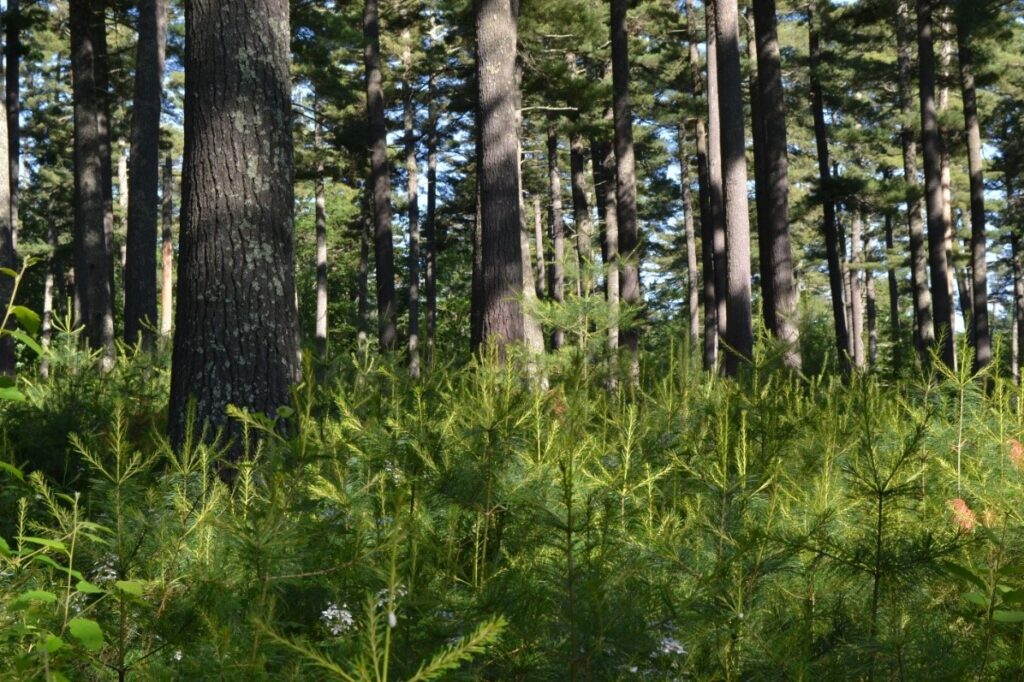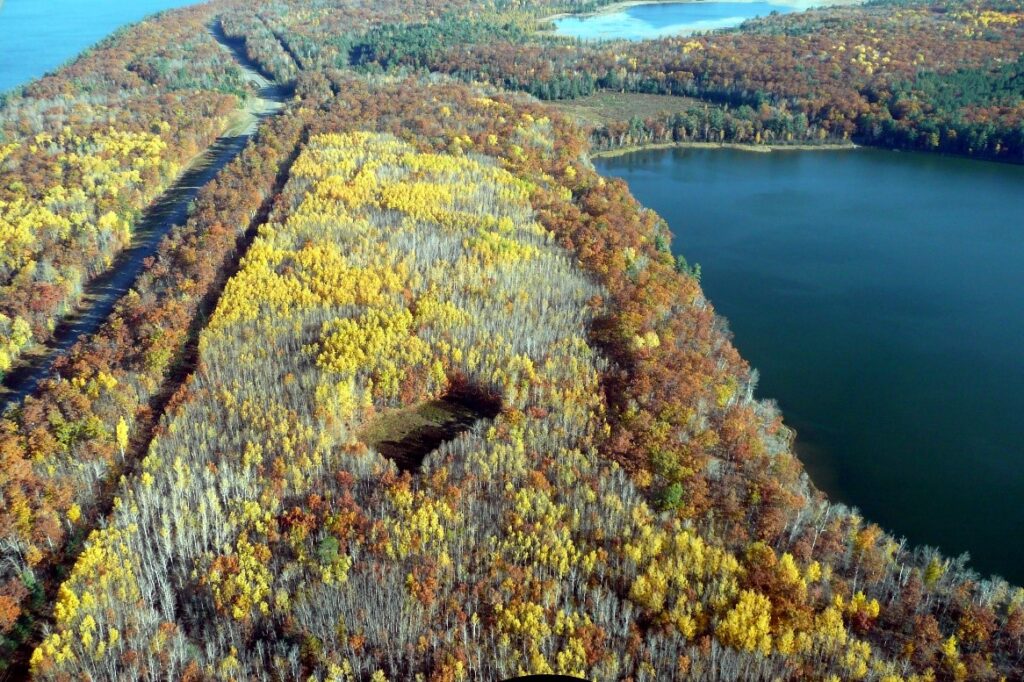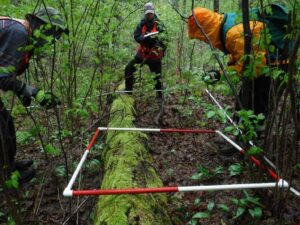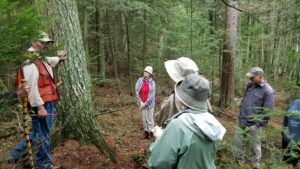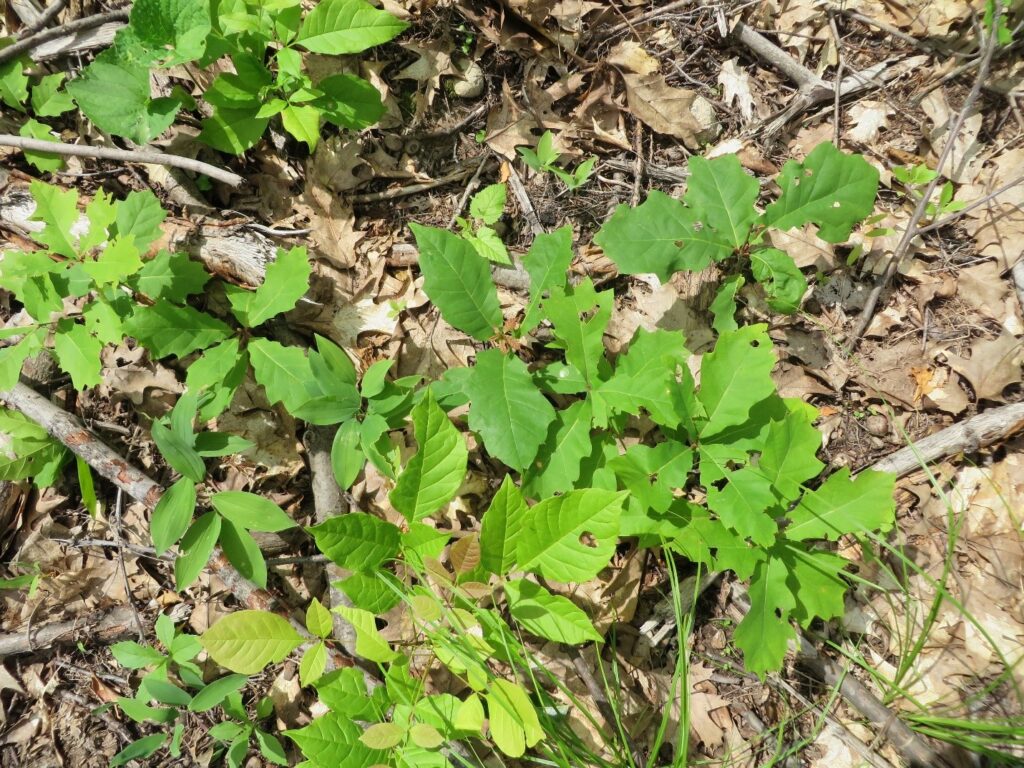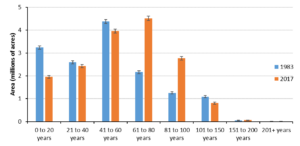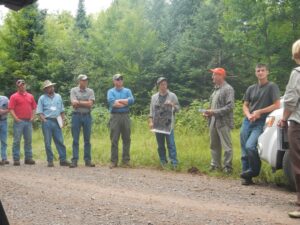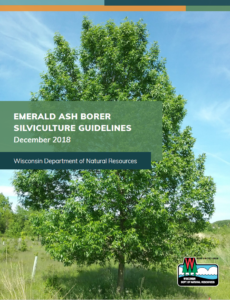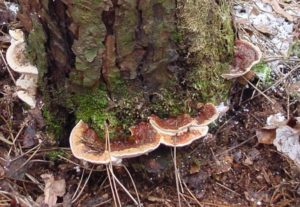The Wisconsin Silviculture Trials Directory was created in 2002 for foresters to document silviculture trials and share results and experiences with their peers. It is a way of documenting non-research trials in applied forestry. A trial site often visited during training sessions is the Nebish Lake oak burn. Here a forester established an oak shelterwood in 2008, followed by a prescribed burn in 2011. The results showed that fire could set back competition while creating a favorable seedbed for oak regeneration.

Nebish Oak Shelterwood burn with comparison of the left side that was burned and right side that was not burned. Credit: Wisconsin DNR

